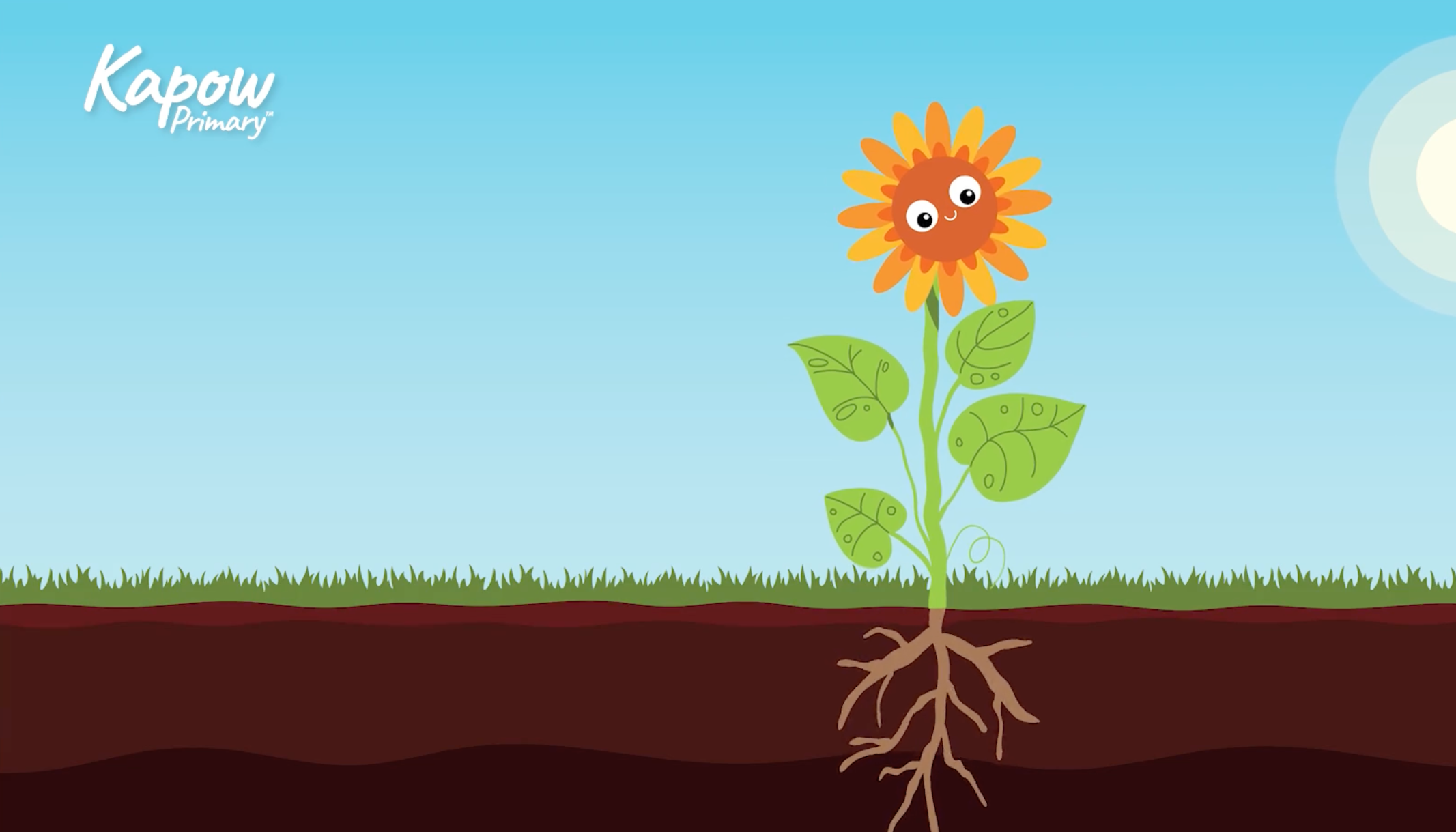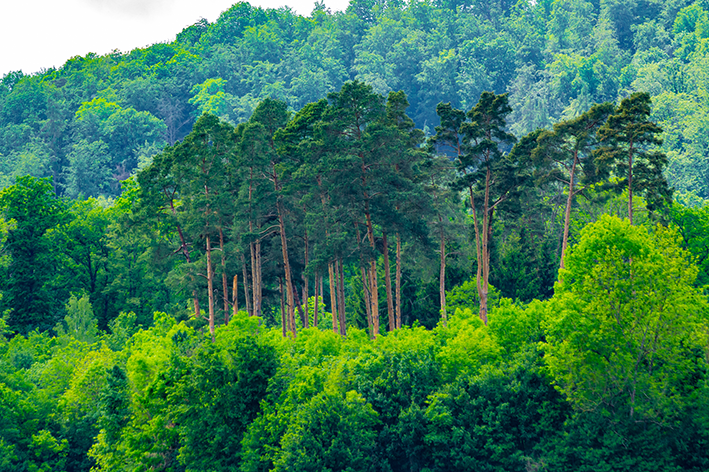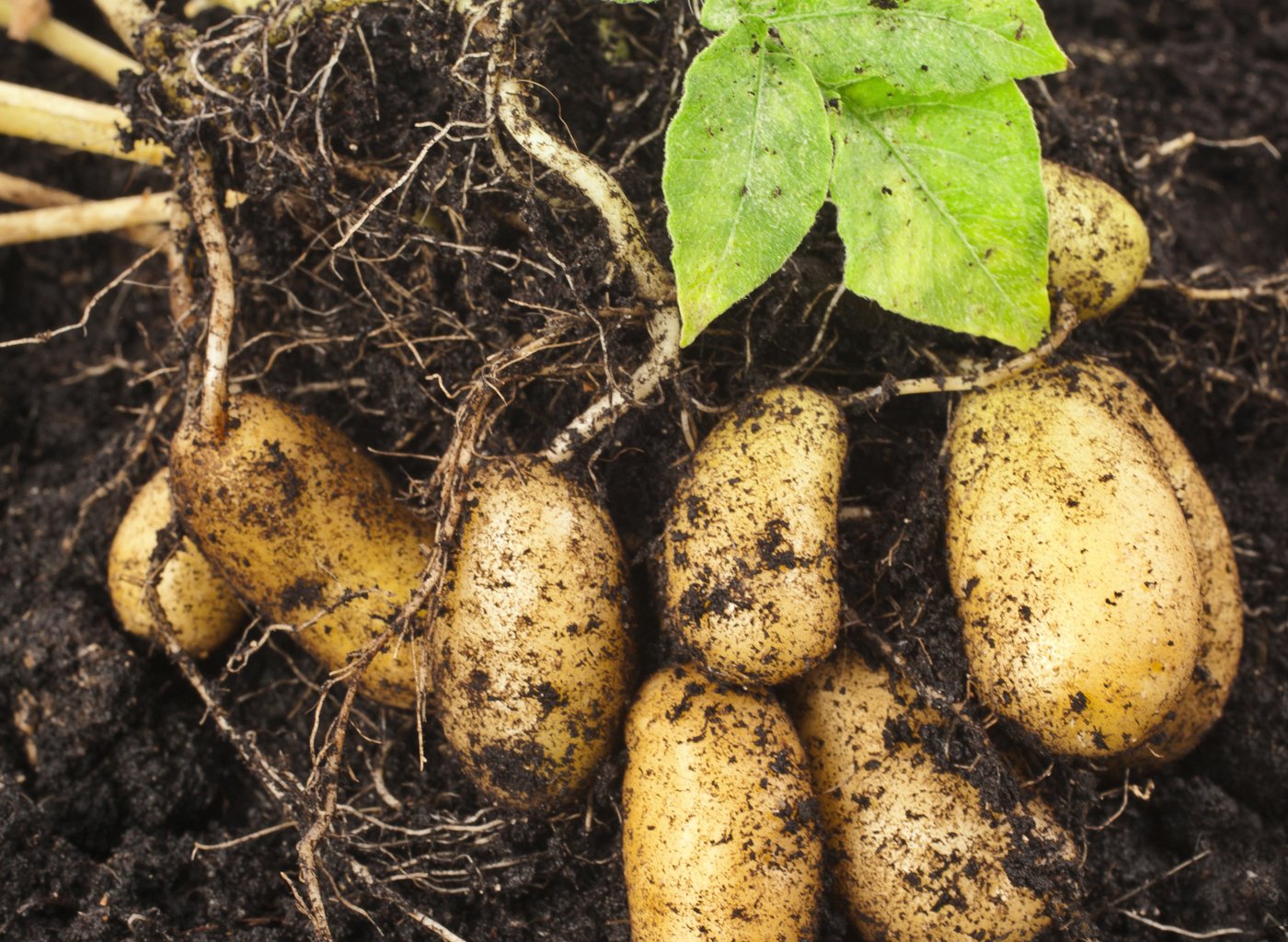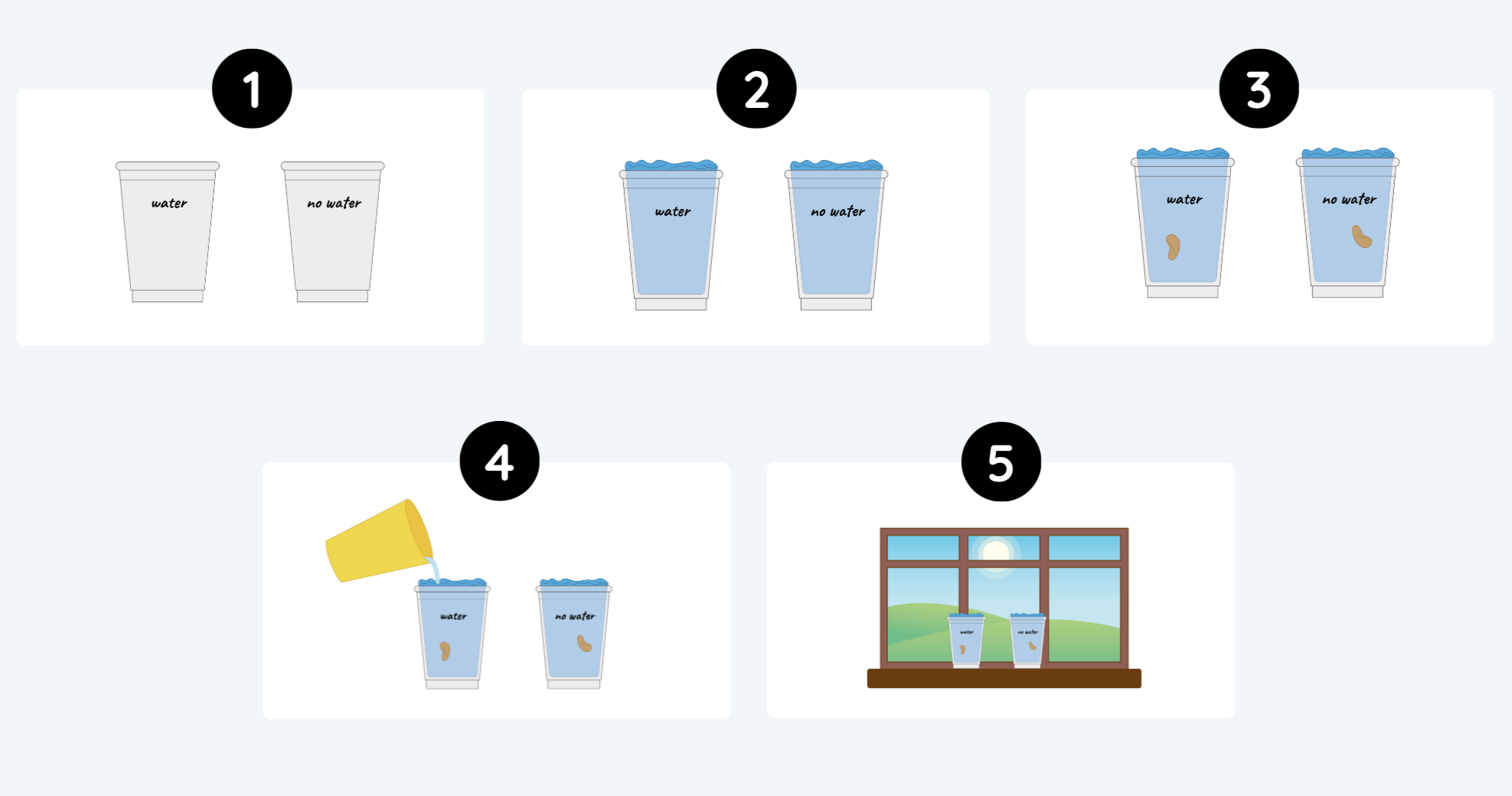Learning objective
Knowledge
- To identify plants in the school grounds.
Working scientifically
- To plan an investigation.
Success criteria
Knowledge
- I can identify plants and their features.
Working scientifically
- I
This content is for subscribers only. Join for access today.
National curriculum
Science
Plants
Pupils
This content is for subscribers only. Join for access today.
Cross-curricular links
Art
Pupils should be
This content is for subscribers only. Join for access today.
Before the lesson
This content is for subscribers only. Join for access today.
Lesson plan
Recap and recall
Hand a whiteboard and pen to each child and ask them to draw a flower (a flowering plant). Draw a less common flower with leaves, a stem and a flower (for example, a snowdrop or a thistle) on a whiteboard that is out of the children’s view while they complete the activity. Ask the class…
This content is for subscribers only. Join for access today.
Extended-mode explainer videos
How to extend your display to view the lesson page and preseantion mode simultaneously. Choose your operating system below to watch the video
If you need further support with extending your display,
please contact [email protected].
Extended-mode explainer video: For Mac
Extended-mode explainer video: For Windows
Adaptive teaching
Pupils needing extra support
Could be given fewer cards from the Resource: Plant hunt cards; could draw one simple picture to represent the investigation for task two (as opposed to being given the Activity: Instructions for a bean investigation).
Pupils working at greater depth
Should be encouraged to think about what they already know when asking questions about plants (e.g. when I grew a sunflower, it took three weeks for a shoot to appear so how long will it take for a bean shoot to appear?); should explain what the investigation will tell them if the bean with water grows a shoot and the bean without water does not.
This content is for subscribers only. Join for access today.
Assessing progress and understanding
Pupils with secure understanding indicated by: identifying a range of
This content is for subscribers only. Join for access today.
Vocabulary definitions
-
data
The information collected when something is observed.
-
feature
The important parts of something.
This content is for subscribers only. Join for access today.
In this unit
Assessment - Science Y1/2 (A): Introduction to plants
Y1/2 (A): Lesson 1: What is a plant?
Y1/2 (A): Lesson 2: Parts of a plant
Y1/2 (A): Lesson 3: Wild and garden plants
Y1/2 (A): Lesson 4: Deciduous and evergreen trees
Y1/2 (A): Lesson 5: Sorting seeds
Y1/2 (A): Lesson 6: Which plant parts can you eat?





